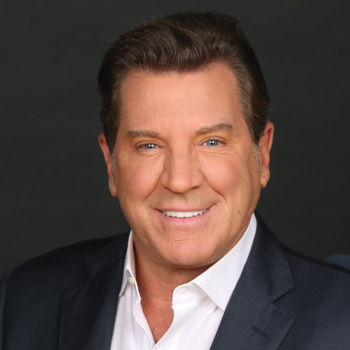Trying to determine what sectors and style boxes will lead the market in a given year is risky business? Growth or value? Dividend payers or non-dividend payers? Small or big? Domestic or foreign? asks Chuck Carlson, editor of DRIP Investor.
Last year was a good example. Going into 2022, the market had been on a long streak favoring growth stocks, especially technology stocks. That changed in 2022, with technology getting beaten up.
Value and dividend payers outperformed as a group, but in many cases the outperformance meant they did “less bad” than the broad market. And small stocks as a group did worse than large stocks, which has been a familiar tune in recent years.
What does 2023 hold? Here are my thoughts:
➤I think value wins in 2023.
➤ I think small beats large.
➤ I like safe havens versus high tech.
➤ I like foreign versus domestic. But, of course, I could be wrong.
In fact, the odds are not in my favor of getting these all correct. For that reason, I like to run “tactical barbell” portfolios. Think of a barbell as being balanced by weights on both ends.
In terms of a portfolio, I think it is wise to have value and growth stocks on either end of the barbell. Likewise, I think it is a good idea to have international and U.S. on separate ends, as well as large and small stocks.
You might look at this and suggest all I am saying is to diversify. And you’d be correct. However, I think of tactical barbelling a portfolio as “tactical diversification,” perhaps tilting slightly one end of the barbell in the direction of your assumptions.
For example, if I think small is going to beat large in 2023, I may give slightly more weight to small-cap stocks. Likewise, I may give more weight to international than usual if I think international is a place to be in 2023. I’m not ignoring U.S. stocks or large-cap stocks, mind you, just emphasizing small and international.
Tactical barbelling can be done with individual stocks, but it is probably easiest to do with a combination of stocks and funds. Indeed, most of us who are DRIP investors have a pretty static portfolio of long-term holdings that we are not likely to trade aggressively.
Thus, in order to affect tactical barbelling, it is probably easiest to do via ETFs, where with a single investment you can tilt your barbell in the desired direction.
The following are exchange-traded funds and the direction they are best used for tilting your portfolio:
◆ Schwab U.S. Dividend Equity (SCHD) — Large Cap Value/Dividend Payer
◆ Vanguard Mega Cap Value (MGV) — Large Cap Value
◆ Vanguard Mega Cap Growth (MGK) — Large Cap Growth
◆ iShares Morningstar Mid-Cap Growth (IMCG) — Midcap Growth
◆ iShares MSCI International Small-Cap Multifactor (ISCF) — International Small Cap
◆ Vanguard FTSE Developed Markets (VEA) — International Large Cap
◆ iShares Russell 1000 (IWB) — Large Cap
◆ iShares Core S&P Small-Cap (IJR) — Small Cap
If you want to follow my lead and tilt the barbell in the directions I think will outperform this year, focus on the Schwab U.S. Dividend Equity (our sister company developed the index for this ETF and is compensated based on assets in the ETF) or Vanguard Mega Cap Value, the iShares Core S&P Small-Cap, and the Vanguard FTSE Developed Markets.


















